Article by Vladimir London, Drawing Academy tutor
 Mark Chagall, one of the brightest Modernist artists, was born in Vitebsk, Belarus, on 7 July 1887. The eldest of nine children, Chagall came from a poor Jewish family. His mother ran a grocery while his father worked as a porter to support the family. His parents had hopes that their son would pursue a lucrative career, but he had his eyes set on one thing: art. After much cajoling, he convinced his mother in 1906 to let him study with a famous local artist, Yehuda Pen.
Mark Chagall, one of the brightest Modernist artists, was born in Vitebsk, Belarus, on 7 July 1887. The eldest of nine children, Chagall came from a poor Jewish family. His mother ran a grocery while his father worked as a porter to support the family. His parents had hopes that their son would pursue a lucrative career, but he had his eyes set on one thing: art. After much cajoling, he convinced his mother in 1906 to let him study with a famous local artist, Yehuda Pen.
The art lessons were a disappointment for young Chagall. Although he respected his instructor, his lofty opinion of himself and lack of interest in Classical forms caused Pen to dismiss him as merely average, and Chagall ended his studies within two months. Fortunately, he soon found his muse: Bella Rosenfeld. He fell immediately in love with her and she became his strongest source of inspiration, even into the mature period of his career.
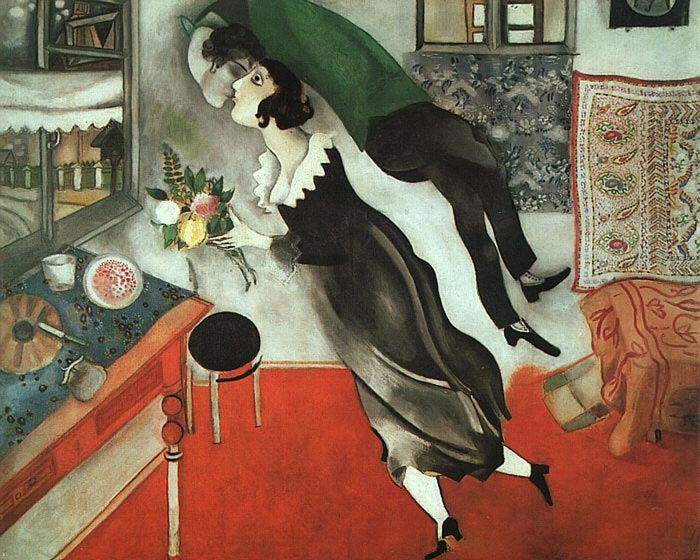
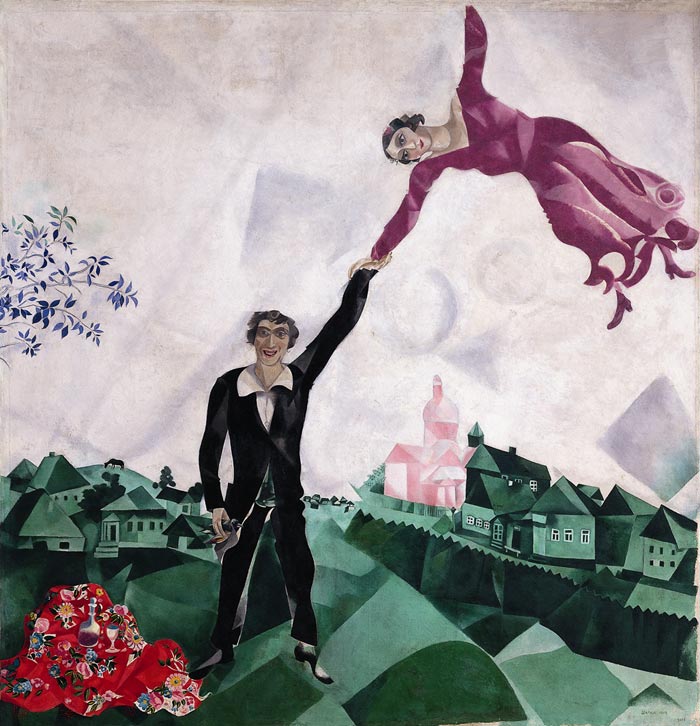
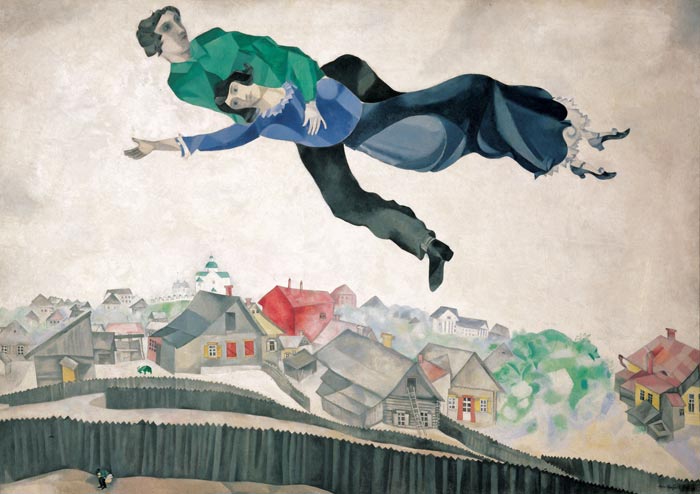
Chagall, along with his young lover, had aspirations to conquer the art world of St. Petersburg. His anti-Classical sensibilities, Jewish heritage, and impoverished personal history all worked against him. He was rejected from a technical drawing academy to which he applied, and because he had no other career prospects, he was denied the permit required of all Jews in St. Petersburg. Chagall, however, had a tenacious spirit. He spent the next few years living illegally and in dingy conditions until he was finally accepted by an art school.
The Classical ideals of art school still did not agree with the freer, abstract attitude that Chagall took to art, but he nevertheless had talent. Theatre decorator Leon Bakst recognized his skill and in 1910 sponsored a trip to Paris. The Western city became his second home, but his native Vitebsk was always in his mind and his art. Elements from his childhood, like the ubiquitous herring that filled his mother’s store and his dinner plate, became motifs of his paintings.
Chagall worked prolifically in Paris, inspiring avant-garde artists of all striped to welcome him and admire his work.
Chagall’s paintings as were described as “surreal” and “supernatural,” although the artist himself shied away from any labels. His popularity grew, winning him a solo exhibition in Berlin in 1914, but he ultimately returned to Belarus and Bella. There, he worked on engravings, until suddenly proposing marriage Bella. Although her parents balked at the idea (Bella came from a family of rich jewellers who scorned the poor artist), the young lovers were wed in 1915.
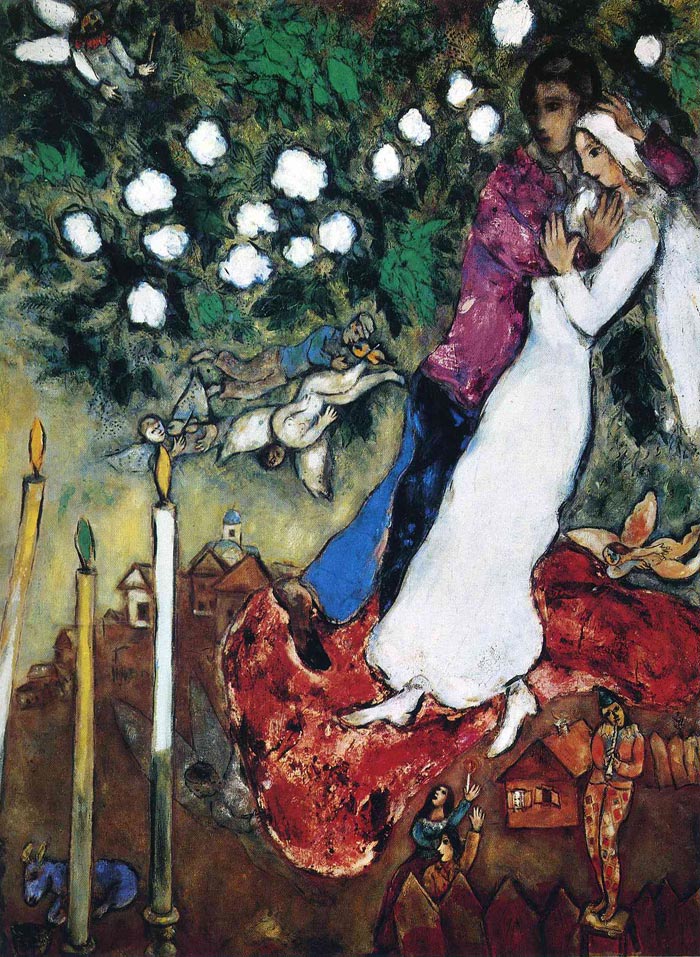

In 1917 came the Bolshevik Revolution. The sense of change and newness were thrilling to Chagall, who became Commissioner for Art in Vitebsk Province. He turned his town into a living painting, creating vibrant murals and banners and even painting cows and goats to celebrate the one-year anniversary of the Revolution! In time, the work he could accomplish in Vitebsk did not satisfy him and he moved his family to Moscow to work on the Jewish Chamber Theatre.
Chagall spent a year teaching drawing at a school for war orphans, but true colors of the Soviet regime were making themselves apparent and he returned to Paris. In Western Europe, he was showered in praise, becoming incredibly famous and financially secure. He dabbled in nearly every medium—illustrations, costuming, engraving, and even poetry—and visited the whole of Europe. As the Nazi menace loomed over Europe, however, he finally moved to New York City in 1941.
It was at this time that he suffered the worst losses of his professional life. In 1944, he lost his wife Bella to disease, and he learned that Vitebsk had been occupied by the Nazis. He wrote a eulogy to his hometown that was published in a New York journal and then, in his mourning, created no art for over a year.
Chagall returned to France in 1947 and spent the rest of his life at his villa, The Hill, near Saint-Paul de Vence on the Mediterranean coast. He remarried a person of similar Russian-Jewish background named Valentina Brodsky. Although he loved her, she never inspired him the way Bella did; indeed, where Bella appeared in countless paintings and in fantastical settings, “Vava” as he called her only appeared once, in a seated portrait.
Marc Chagall died on 28 March 1985. He had lost much: his true love had died young, his cherished home town was obliterated, and he witnessed in the Holocaust the worst atrocity against his people in modern history. Through it all, though, he never abandoned his overwhelming love for color and vibrancy. Whether painting a portrait, illustrating the Bible, or creating stained glass windows for religious and secular institutions alike, Chagall presented the world as he felt and perceived it. He made an indelible mark on the history of art, once that can still be seen today.
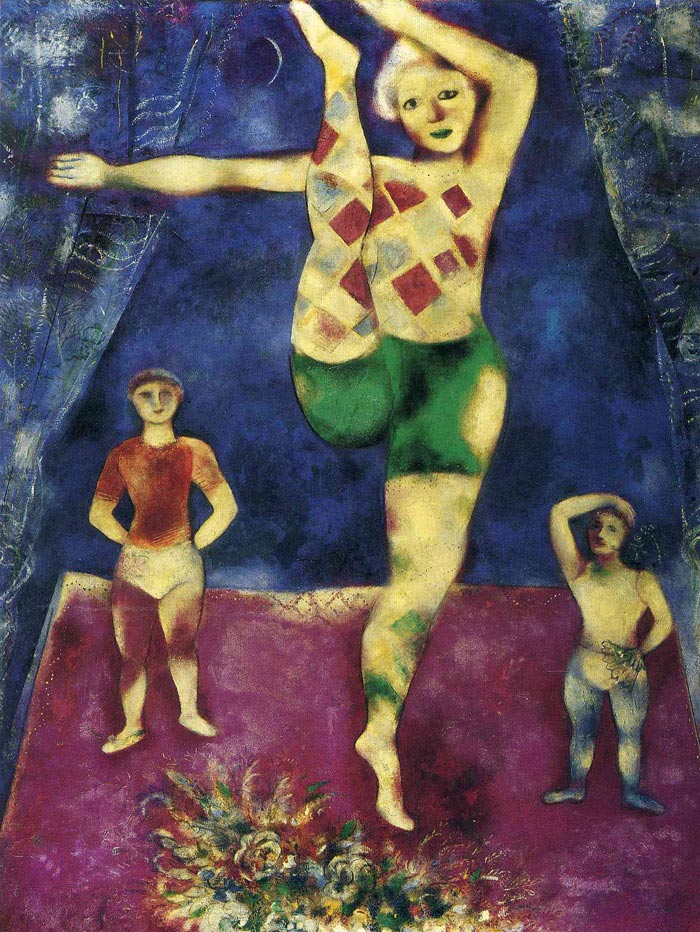
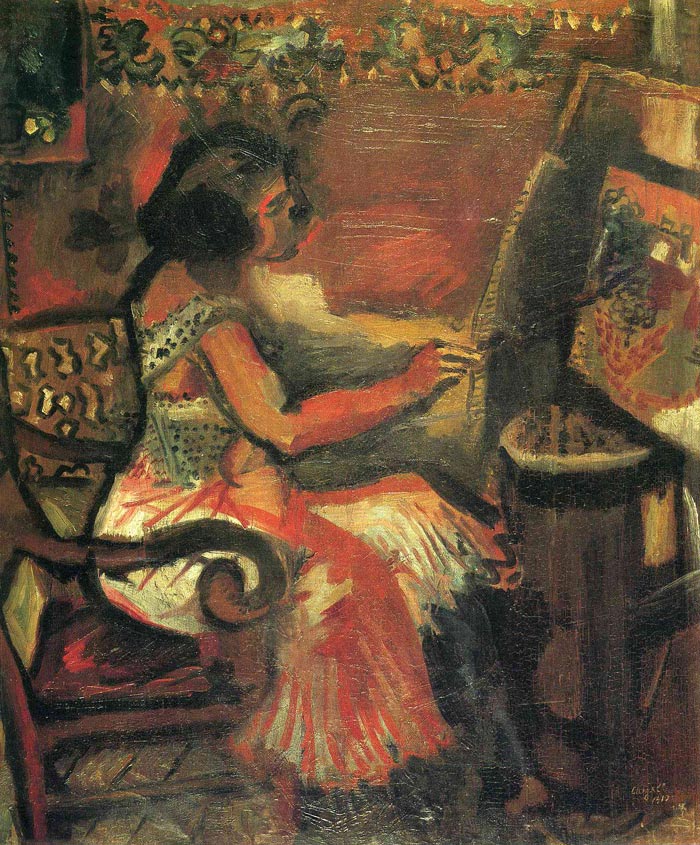
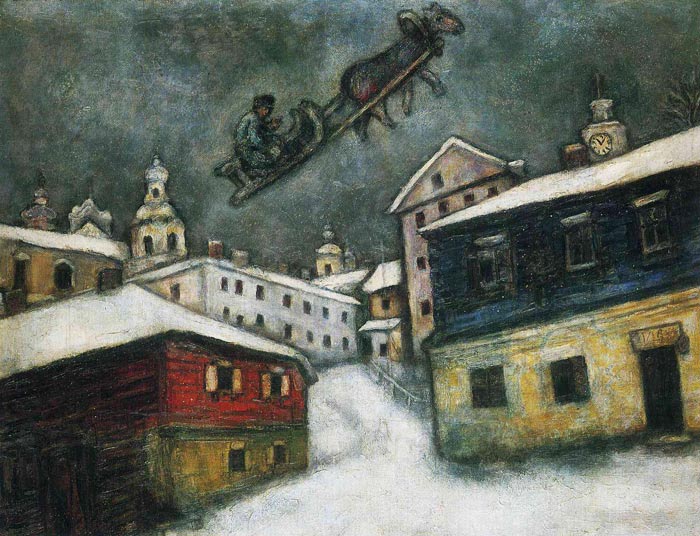
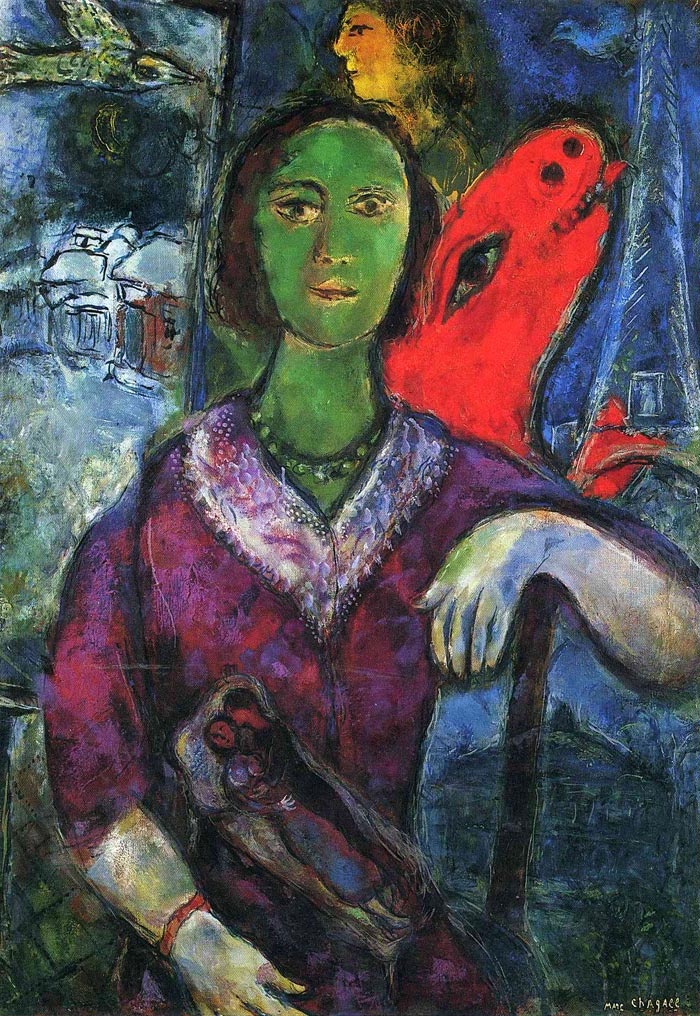
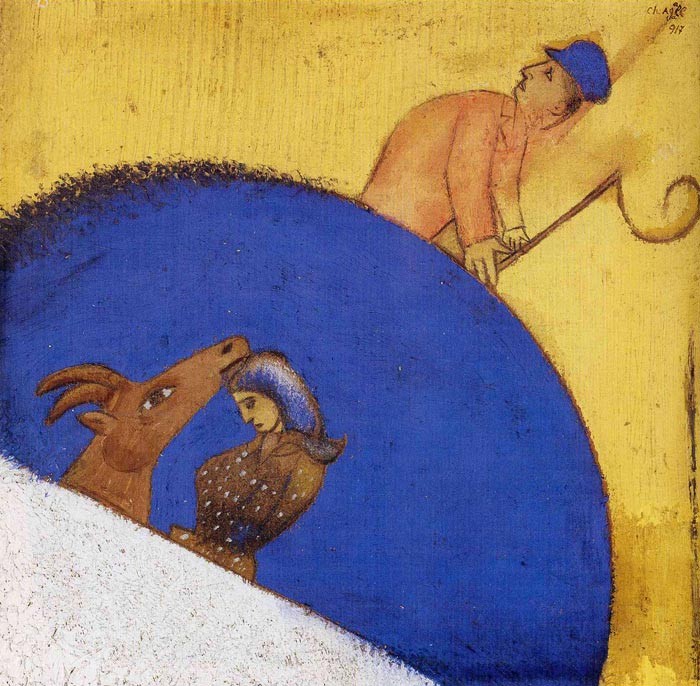
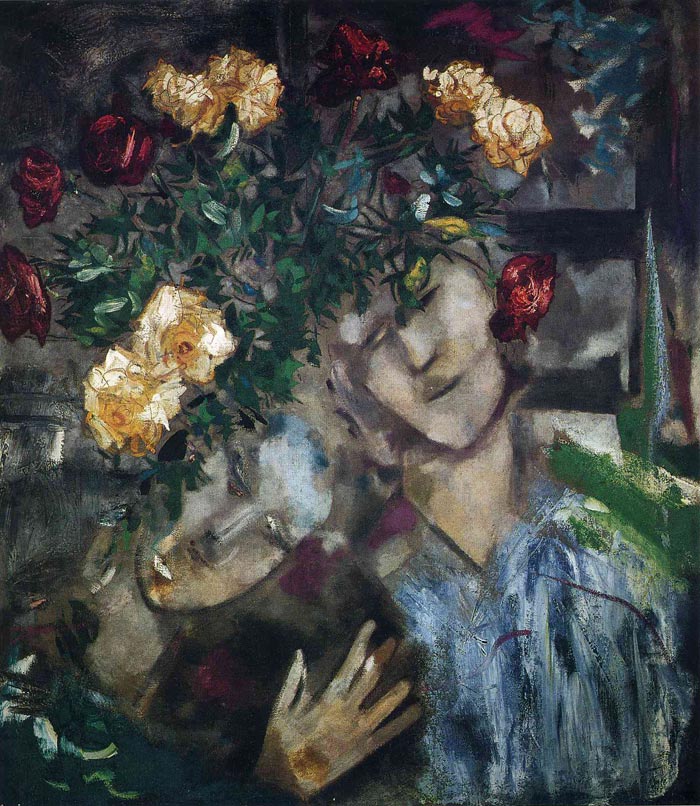

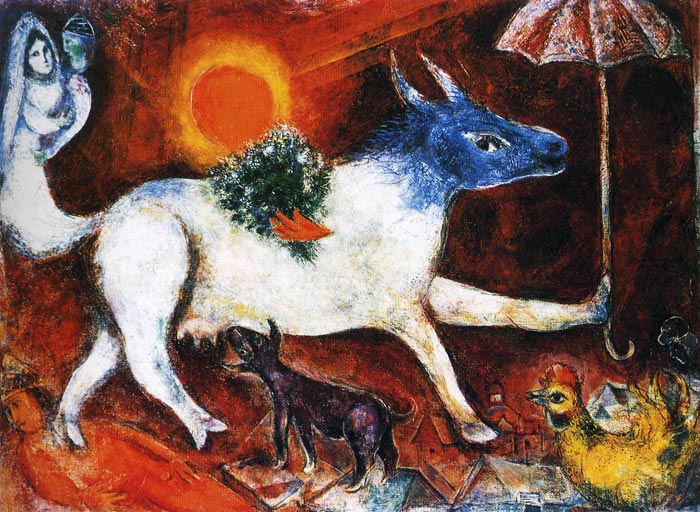
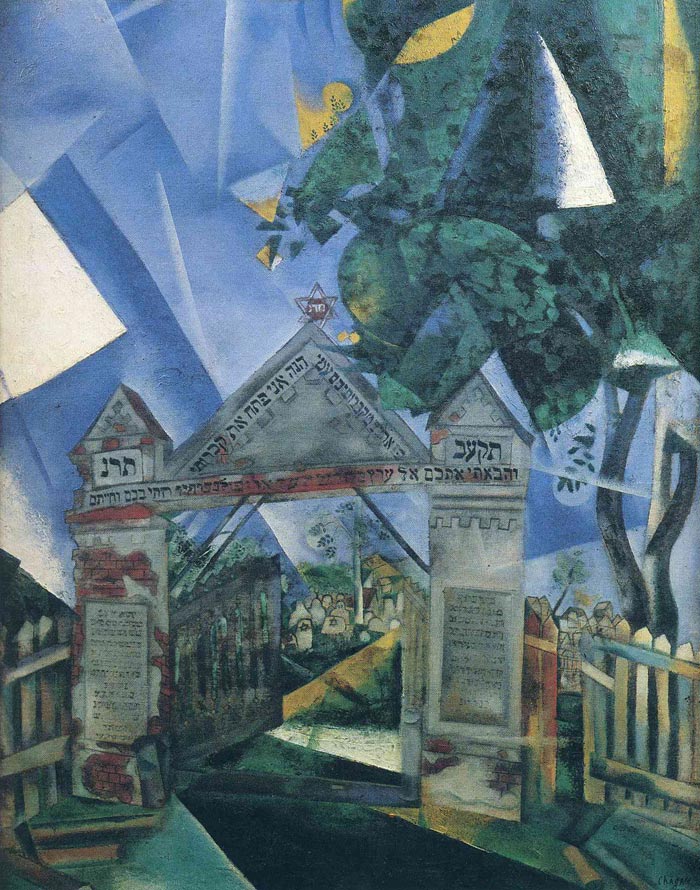
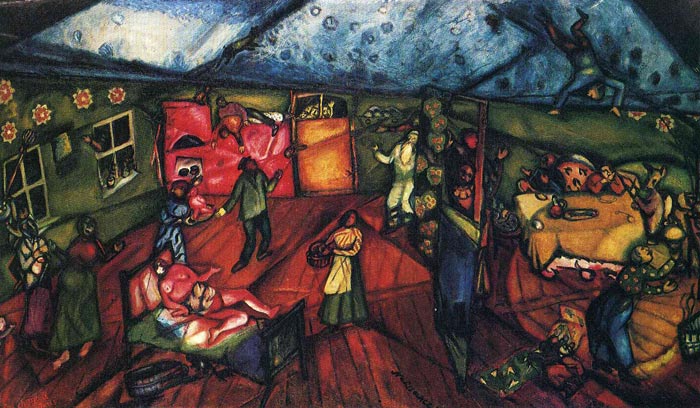
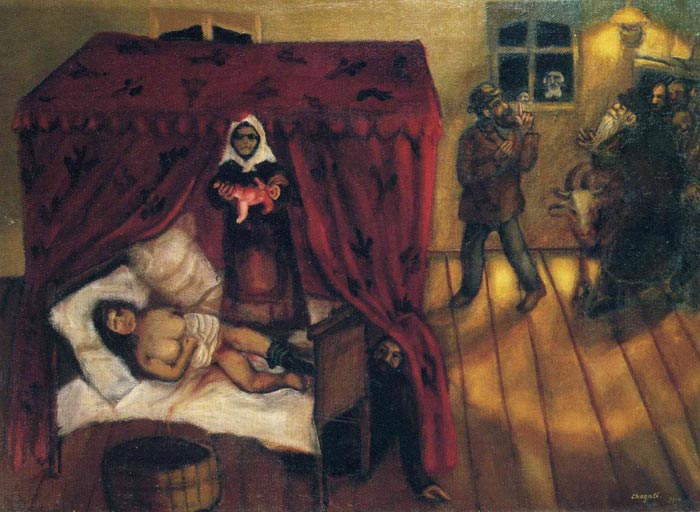
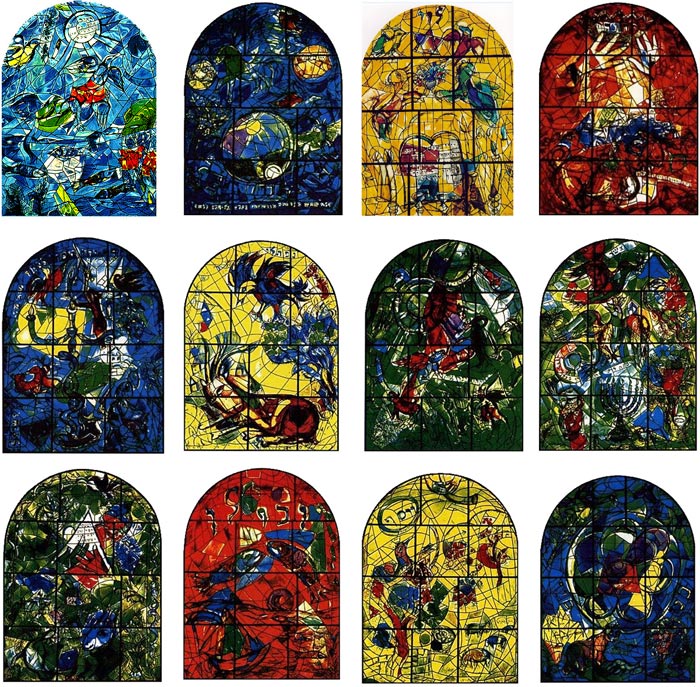
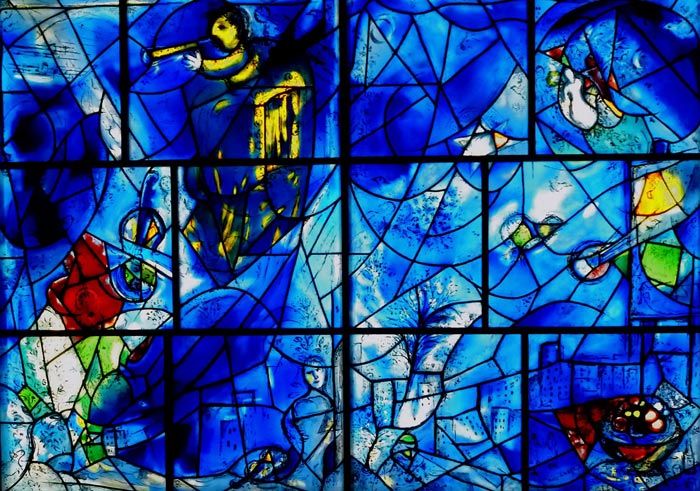


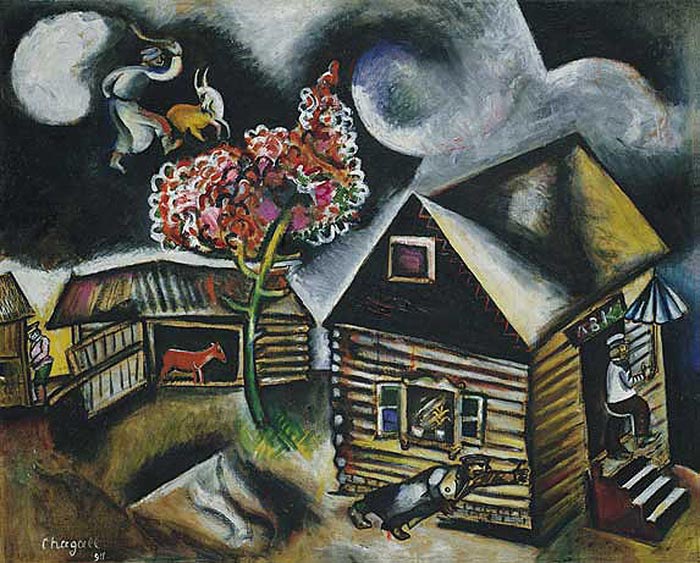
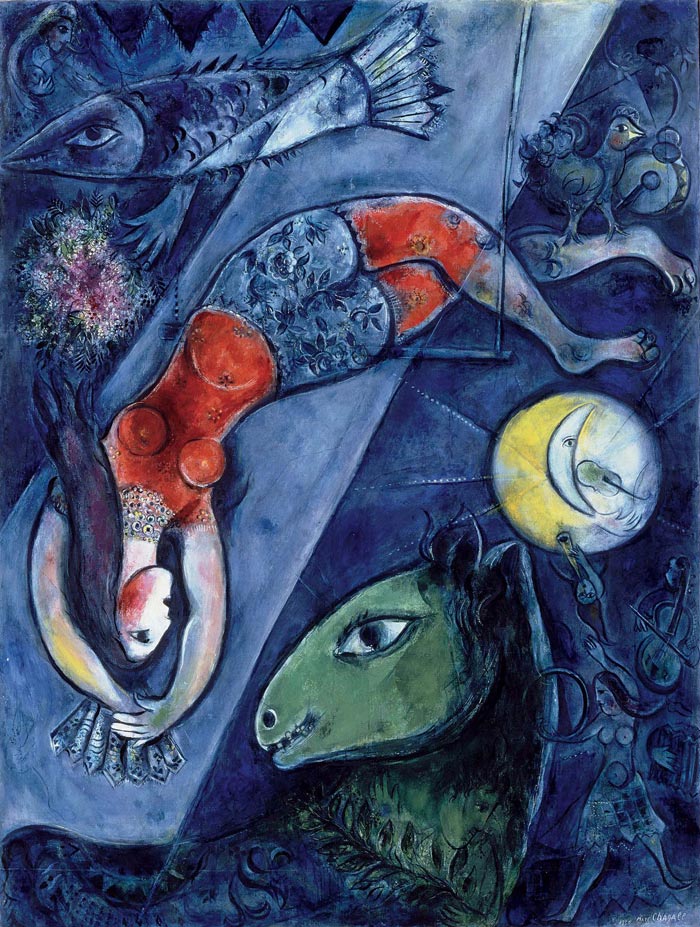

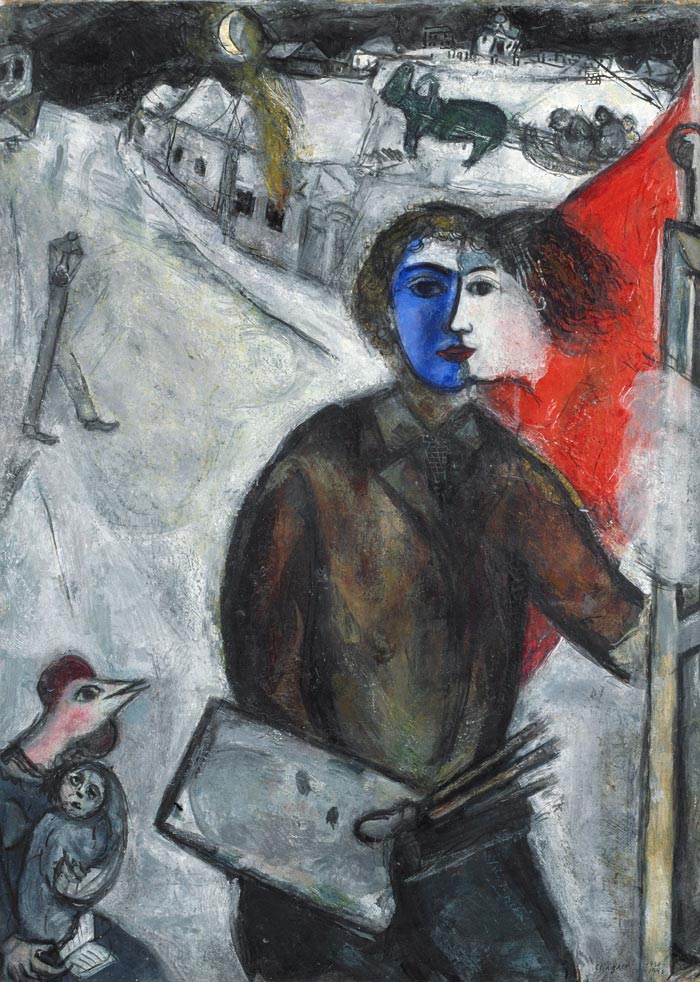

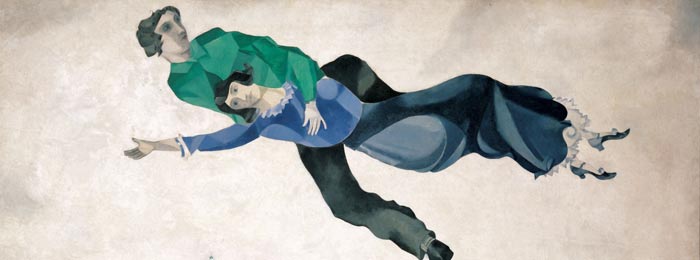




Major thanks for the blog.Thanks Again. Keep writing.